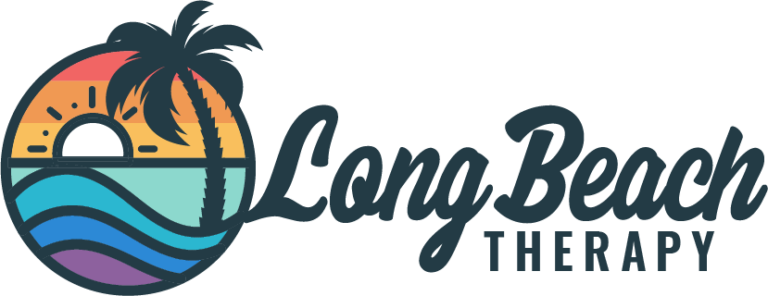LGBTQ Addiction Rates Significantly Higher Than General Population Average
The Substance Abuse and Mental Health Services Administration estimates that substance abuse affects 20-30% of individuals in the LGBTQ community. Only 9% of the general population is affected. That means LGBTQ people suffer from addiction at a rate that’s two (and even three) times higher than that of their straight counterparts. Addiction is an epidemic affecting our community. While it’s not exclusive to us, we are definitely suffering more and need help to overcome it.
Addiction is a byproduct of discrimination. Many LGBTQ people turn to illicit drugs, prescription drugs, and alcohol to cope with feelings of loneliness and ostracism. When they don’t have anyone to turn to, substances help to fill a void that isn’t filled with understanding people. Even bigger than the stress associated with the lack of understanding from people they know, discriminatory laws and policies affect LGBTQ people in every aspect of their lives. It can often feel like no one understands, and no one is willing to help.
When people in our community do seek professional help, many health care workers aren’t trained to help us. So the homophobia, biphobia, and transphobia that exist everywhere else are still present when we’re trying to get better.
Also during treatment, many LGBTQ people are still grappling with their own sexuality. They’ve possibly entered into addiction because they were unable to successfully process their feelings. When they’re placed into group counseling with straight people, they’re surrounded by the very lack of understanding that has led them down this road. They’ll be afraid to really address their issues out of fear that people in the group could treat them poorly and express antigay language and behavior. This isn’t a helpful environment.
And furthermore, many advertisements for tobacco and alcohol specifically target our community. It’s no secret that gay bars and clubs play a huge role in our socialization. They’re often our only safe spaces. Advertisers know this and exploit the connection. Often, they’re contributing to our community’s addiction to make a profit.
LGBTQ-focused prevention programs have shown promise in preventing addiction. But these programs are difficult to find. Prevention isn’t useful if the program isn’t relevant to the patient’s life and experiences. Many programs are built around factors that only take into consideration straight people.
Our community needs programs that are specifically geared toward handling coming out, antigay discrimination, and other issues that occur with LGBTQ people.
Until these program options are more plentiful, we need health care officials to gain an understanding about the coming out process. From there, they need to understand how homophobia (both internal and external) negatively affects LGBTQ people. If they don’t have this knowledge, they won’t be able to understand the reasons that so many LGBTQ people turn to substances to cope.
Addiction for LGBTQ people is an entirely different animal. We need specialized resources that acknowledge the unique battles we face and how these battles trigger addictive behavior. The only way to decrease the disproportionately high addiction rate is to tackle the problem in a personalized way.
If you are looking for an LGBTQ friendly therapist in Long Beach, please call to set up an appointment. Please remember that if you are not in driving distance from my office, that I do provide Skype and facetime sessions. It is sometimes difficult to find a gay friendly therapist, so I try to accommodate my clients by providing tele-therapy (meaning skype, facetime, etc).
